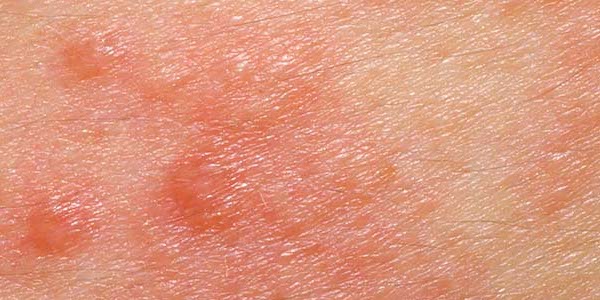When we think of allergic complaints, we often immediately think of histamine sensitivity. But our unique approach with a “Personal Pattern of Dysregulation” (PPD) often reveals that there is more going on. At Biocoherence Nederland we use system diagnostics in which coherence in the dysregulation is examined. With this we not only look at histamine, but also at other factors, such as an imbalance in adenosine receptors. These can strengthen the allergic reaction. Only when this imbalance is also addressed, we see real improvement in the reduction of complaints.
Many people, including doctors and therapists, immediately think of histamine when they think of allergic complaints. Because histamine is involved in allergic reactions, a direct cause-effect relationship is all too easily assumed. And that is not correct. Humans, like all biological systems, are complex-dynamic systems. This means that these simple relationships do not exist.
PPD: A diagnosis in which coherence in the dysregulation is visible
Humans are self-organizing systems. This means that there is an interaction between the cells, organs and signaling molecules of the body (for example hormones, neurotransmitters and cytokines). This takes place in a dynamic and non-linear way and at specific nodes, where different biological processes are initiated. An example is the biological response to a neurotransmitter that binds to a receptor, and where a large number of different cellular processes are influenced. When such a node becomes dysregulated, for example by (epi)genetic, environmental or lifestyle factors, this can disrupt the capacity of the system to achieve its intrinsic goals. These goals can be for example: Maintaining a stable mood, immune function or metabolic balance. Dysregulation at these nodes can manifest itself in the form of clear symptoms. The combination of dysregulated nodes is different for everyone. We call this a dynamic individual dysregulation that we call the “Personal Pattern of Dysregulation (PPD)”. With this PPD approach in the diagnosis we reconstruct the coherence of dysregulation. This holistic (=systemic) diagnosis leads to personalized treatment.
Histamine
Histamine plays a crucial role in allergic complaints, but as part of a larger dynamic dysregulation. Histamine plays an important role in the body, both in the immune system and in the nervous system. It is absorbed through food, produced by intestinal bacteria, produced by the body’s own cells and broken down by enzymes such as DAO and HNMT.
Histamine is also stored in MAST cells and is active via so-called H1, H2, H3 and H4 histamine receptors on the cell wall. It not only influences allergic reactions, but also other processes such as stomach acid production and neurotransmission.
The PPD in these allergic complaints can be dominated by a disturbed histamine-receptor interaction. In those cases, a treatment that is aimed at restoring this interaction, among other things, can lead to recovery. But there can also be accelerated MAST cell degranulation, the disintegration of these vesicles, whereby the contents, including histamine, are released at low stimuli and cause histamine-related complaints. In those cases, regular antihistamines (which work at receptor level, especially H1 and H2) do not work or hardly work.
A substance that can also be seen in our PPD is adenosine. Adenosine is an important molecule in purinergic metabolism and became known through the work of Prof. Naviaux (Cell-Danger Response). Increased adenosine concentration can destabilize mast cells by binding to the A2B or A3 adenosine receptors, which leads to increased degranulation and histamine release. In addition to histamine, PPD can therefore also be characterized by dysregulation of adenosine, which leads to the same complaints but requires a different approach.
Practical example
A client came to us with various allergic complaints. Initially, the treatment was mainly focused on restoring the histamine receptors, which resulted in a significant improvement. However, complete recovery did not occur. By mapping the PPD more thoroughly, we discovered that adenosine also played a role in her complaints. When the treatment was adjusted based on these new insights, the complaints disappeared completely.
Conclusion
These results show how important it is to look at the total pattern of dysregulation. By thoroughly analyzing what is out of balance in the body, we can quickly achieve better, and above all sustainable results with our approach. Our PPD system diagnosis offers in-depth insight into the underlying cause of, for example, allergic complaints and ensures more effective treatments.






